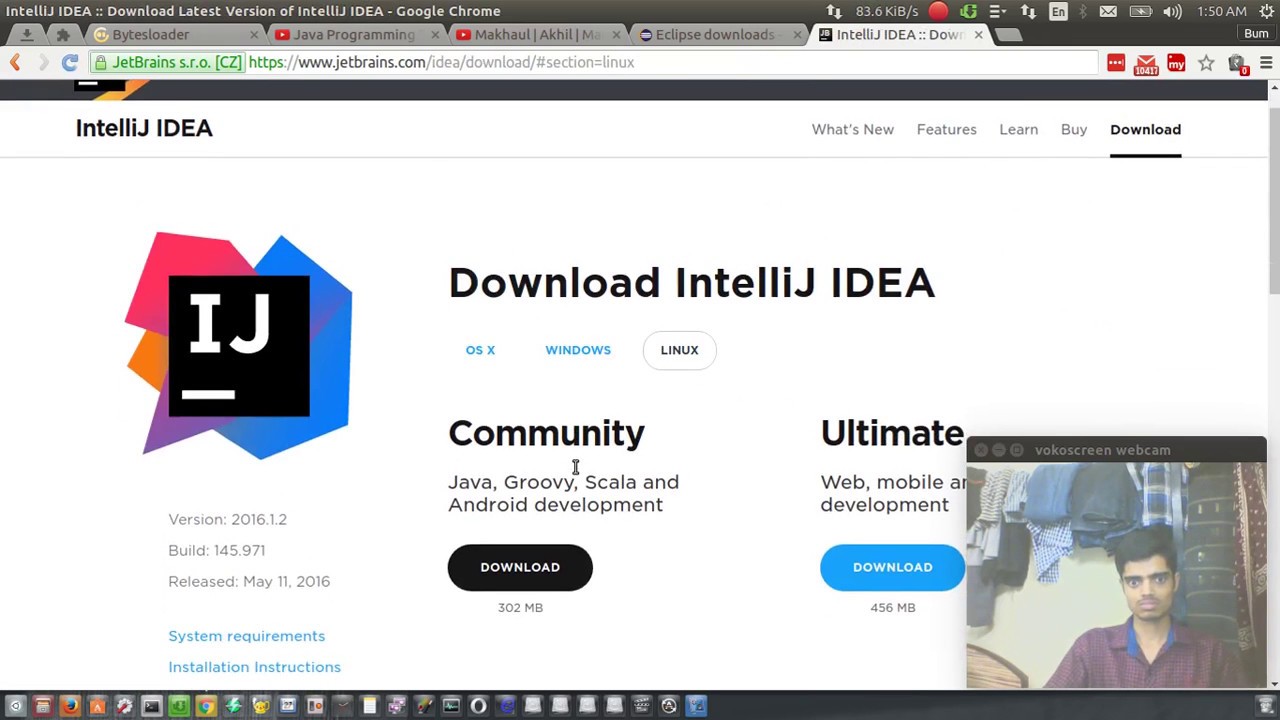

Work is in progress on merging JFR into OpenJDK8 tree. Moving forward, vendors are working on including JFR in the various versions of their JDK binaries. So, please check for the inclusion of JFR in the JDK binary you are using. Support for JFR usage was introduced in IntelliJ IDEA Ultimate 2019.2. If you want to profile your applications using an older IntelliJ IDEA Ultimate version, you can use the Async profiler on Linux and macOS. You can start profiling your application in multiple ways. You can also choose this option from the ‘Run’ menu, or use Search Everywhere or Find Action to run ‘Run with Profiler’.Ĭlick on the start icon in the gutter and select ‘Run with ’. The output window displays a message stating ‘Profiler attached’, with a link to ‘Open’, to view the profiled data. When you click on ‘Open’, you get an option to stop profiling and view the results: Just in case, you miss the popup to view profiled data, you can open the Profiler window by using switcher or by using Find Action. With the integrated profilers, you can view the Flame Graph, Call Tree, Method List or Events in IntelliJ IDEA Ultimate. Here’s a screenshot of a flame graph generated by profiling an application using Async CPU Profiler:Įvery rectangle in a flame graph represents a function name.
Jprofiler intellij series#
#Install jprofiler intellij series#īlue rectangles represent native calls and yellow rectangles represent Java calls.Ī flame graph is not a time series – it doesn’t show the sequence of calling of methods in an application. It shows which methods are calling other methods (this is how the method stacks are represented), for how long, and where they are executed. This graph might suggest where the problems are and where to optimize. A flame graph is another way of stating: hey, this is what happened when we profiled your application, and we grouped it. Note, the blocks are relative it represents a snapshot total time on CPU.Ī flame graph won’t disclose which tasks were performed or called before or after. It lets you find out the total CPU time that is being spent by your application. For example, if it spends 29% of the time on the methodA() method, that doesn’t mean it takes a lot of time to execute. It could also mean that you are calling it many times. So you could either think of reducing the number of calls to this method or optimize it so it executes in less time. Call Treeįlame graphs could be represented in a textual form, using Call Trees, showing how methods are called and the percentage of total CPU time used by them.Ĭall Tree shows the method execution path in your application. You could use them to get a quick overview of application activity, examine the execution path of slowest methods, determine critical execution paths and much more.

Please refer to this link on our documentation page for more details on Call Tree. Please also refer to our documentation on Profilers on our website.


 0 kommentar(er)
0 kommentar(er)
